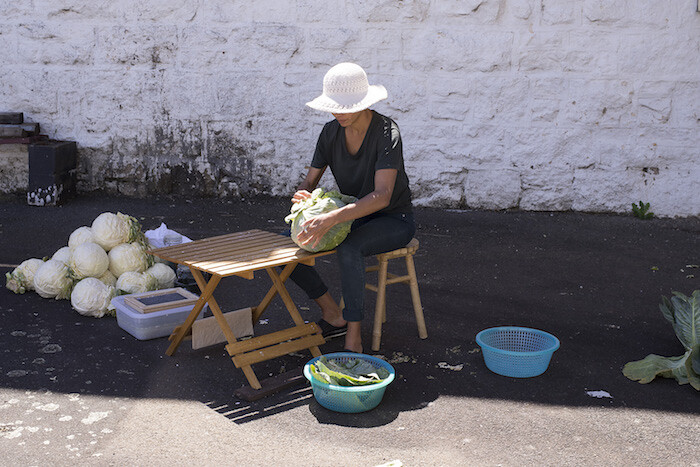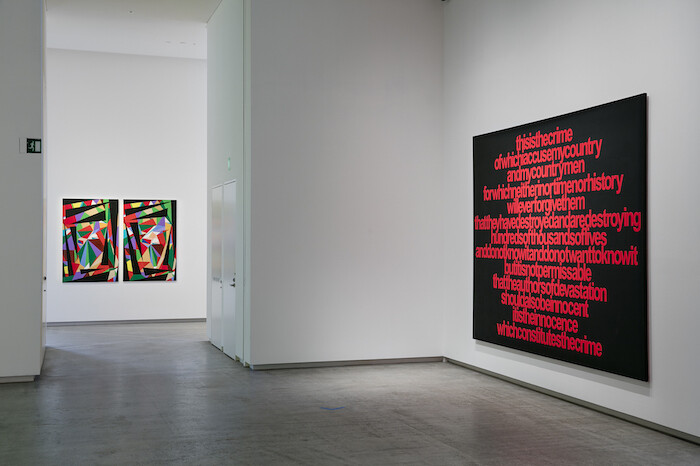Categories
Subjects
Authors
Artists
Venues
Locations
Calendar
Filter
Done
March 5, 2018 – Review
“A Thousand Times The Rolling Sun”
Tessa Laird

The Old Beechworth Gaol, northeast of Melbourne, was founded in 1864, just as the importation of convicts from Britain ceased, but kept its doors open—or rather, shut—until its closure in 2004. The most notorious prisoner in this Jeremy Bentham–inspired panopticon was Ned Kelly, the iconic “bushranger” and gang-leader who killed policemen and famously wore a suit of armor made from stolen plough parts while on the run. It was his mother Ellen’s incarceration in the Beechworth Gaol in 1878, for assaulting a police officer, which led Ned to his last shootout and eventual hanging two years later. Kelly’s life and death have inspired poetry, paintings (such as Sidney Nolan’s famous “Ned Kelly” series, painted 1945–1947), and a 1970 film starring Mick Jagger in the title role.
For Melbourne artist Gabriel Curtin, who grew up in Beechworth, the Kelly mythos is suffocating in its historicity. Throughout the state of Victoria, prison tourism capitalizes on “outlaw chic”—a photo taken of Kelly the day before he was hanged, with perfect coif and full beard, could be a blueprint for contemporary hipsters from Brunswick to Brooklyn—while ignoring the reality of incarceration in Australia today. While white Australians often exhibit a perverse pride in their country’s …
September 9, 2016 – Review
“Endless Circulation,” TarraWarra Biennial 2016
Tessa Laird

Contemporary biennials are never simply showcases for new work: they bear the weight of meta-commentary. As they struggle to articulate the conditions of their own production and reception, they become lightning rods for debates, not least those concerning art world complicity with, or resistance to, globalization. The networks and flows of art world capital, particularly in relation to sponsorship, have been subject to critique and protest: witness the Sydney and São Paulo biennials of 2014. Meanwhile, artists and commentators continue to police issues of representation: numbers of local artists versus national and international, and continuing gender and racial biases.
The TarraWarra Biennial, founded in 2006, circumvents some of these debates by committing itself to Australian content. The TarraWarra Museum of Art, nestled into Yarra Valley wine country an hour and a half outside of Melbourne, is humble in scale, which means that the works talk to each other and energy isn’t dissipated between venues. It also means, unfortunately, that the show is inaccessible to many Melbournians. For an exhibition proposing circulation as its central motif, it sits far outside the circulatory system of the city.
Nevertheless, the biennial makes clear links back to Melbourne with its selection of artists, which cynics might …